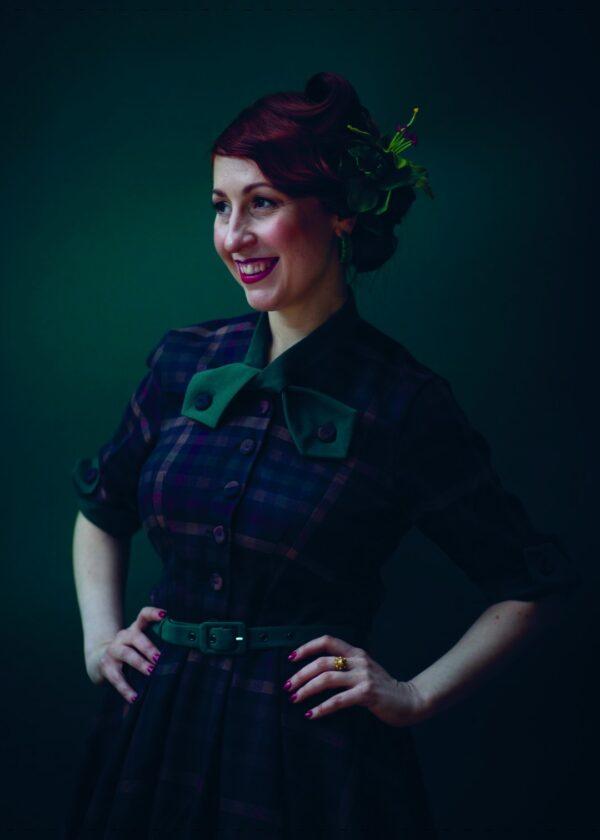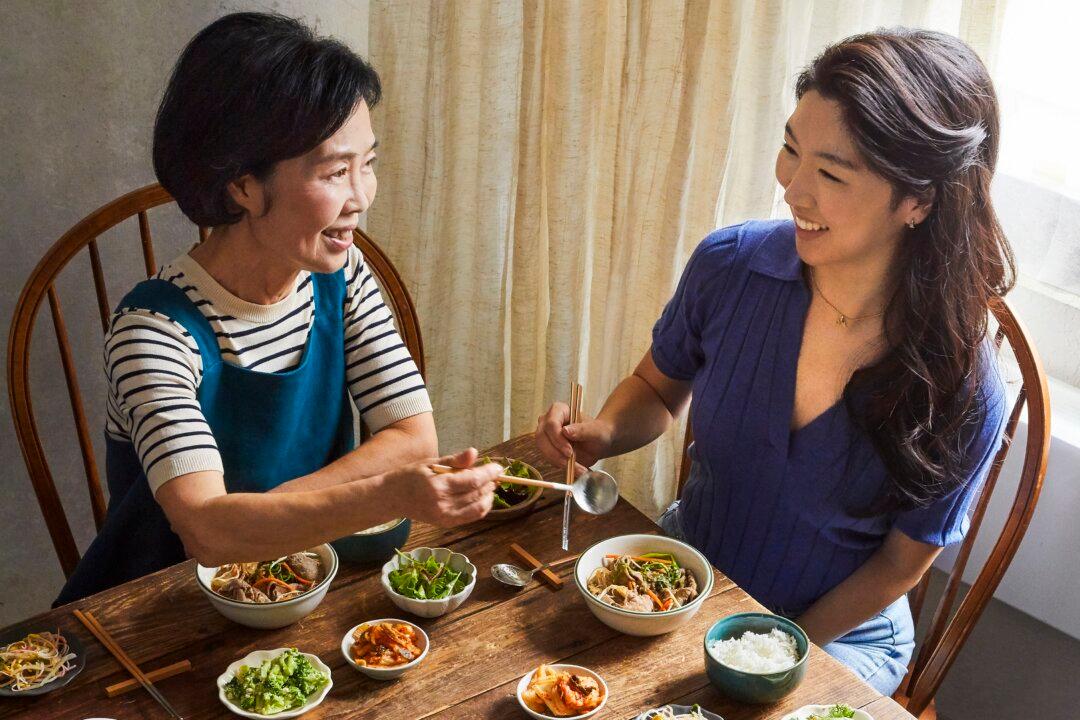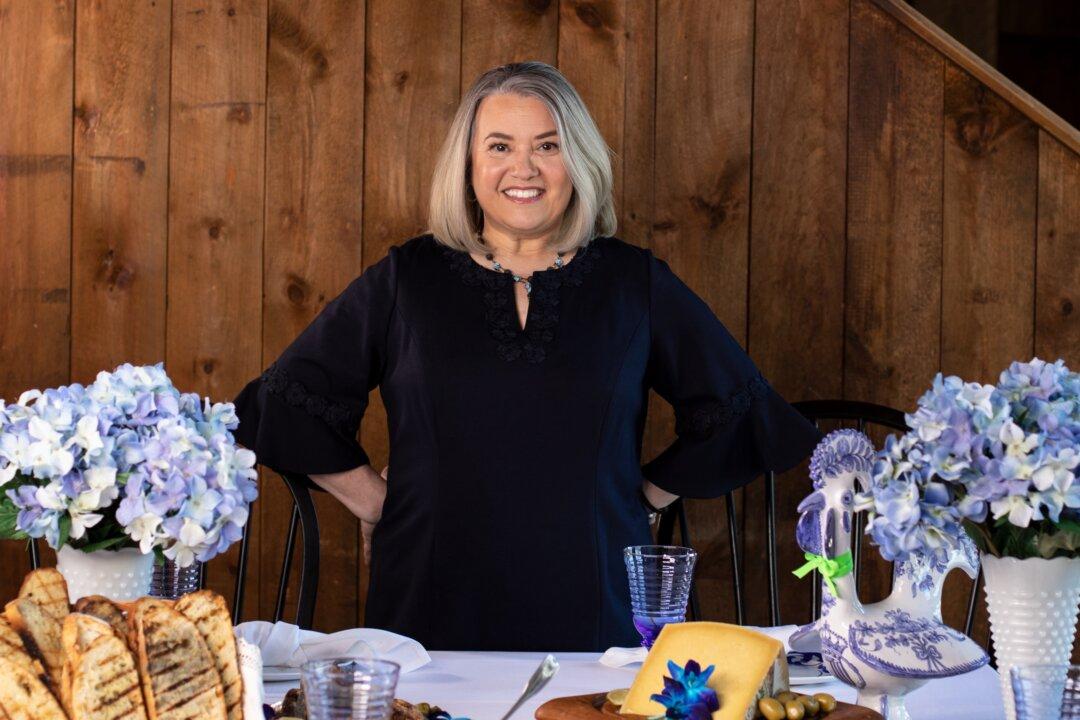Most of us can look at our lives and careers and point to something that shaped their trajectory: important, eye-opening moments, special events, influential people. For Regula Ysewijn, it was a nursery rhyme:
White swans, black swans, Will you sail to England with me? England is locked The key is broken And there is no blacksmith in the country Who could repair our key Let them pass, Let them pass And the last one we will catch.Ysewijn, a food historian, author, and photographer, learned this rhyme as a small child, skipping rope in her native country of Belgium.

Author Regula Ysewijn. Greetje Van Buggenhout





